Kimono can be an overwhelming thing to get into, especially since there are so many different types of kimono. To the beginner, they may all look similar, but a basic knowledge of the types of kimono and appropriate situations for wear is always handy. I have explained this very slightly in the Kimono Terms Glossary but in this entry I will elaborate further, with photo examples, and suggestions on where to wear each type. I will be doing a similar entry about obi shortly, which will help elaborate on the types of obi mentioned in this entry. (edit: Here is the corresponding entry about obi)
Do keep in mind that as with anything in life, there are always exceptions to the rule. There exist many types of hybrid or unique kimono that can be a combination of one or more of these styles. These are the most common and standard acknowledged varieties of kimono, but if you find one that doesn’t easily fit into one of these categories, that does not necessarily mean it’s not a true kimono.
*Thanks to Ichiroya for the permitted use of their images. Originally these items were all available for purchase and the images linked back to the sale listings, but they have been sold!!

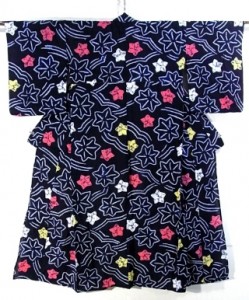
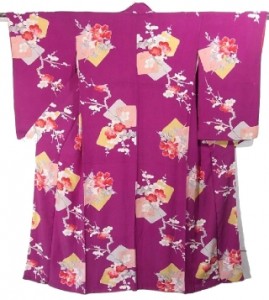

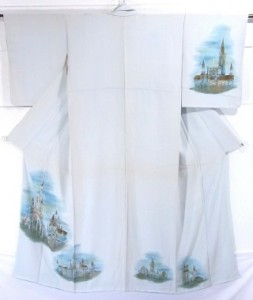
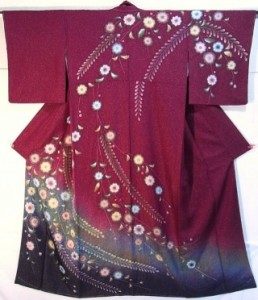
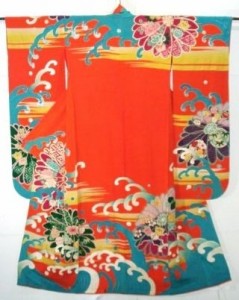


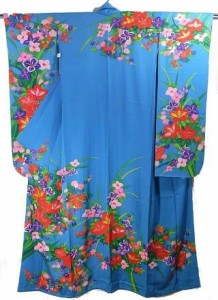
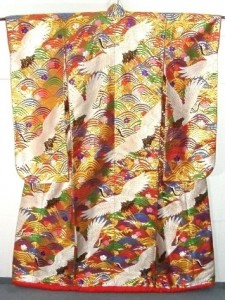
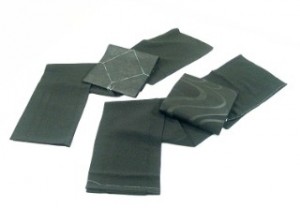






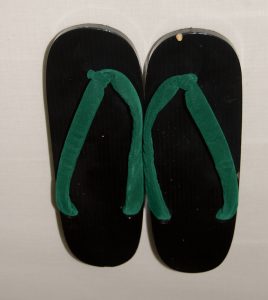

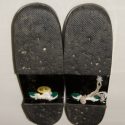
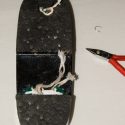
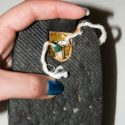
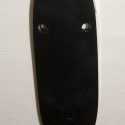
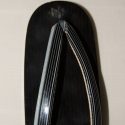
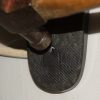

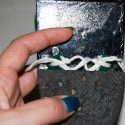
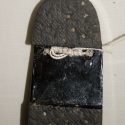
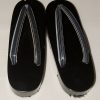

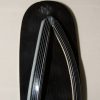
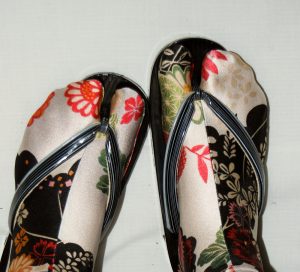
















 Bebe Taian
Bebe Taian CHOKO Blog
CHOKO Blog Gion Kobu
Gion Kobu